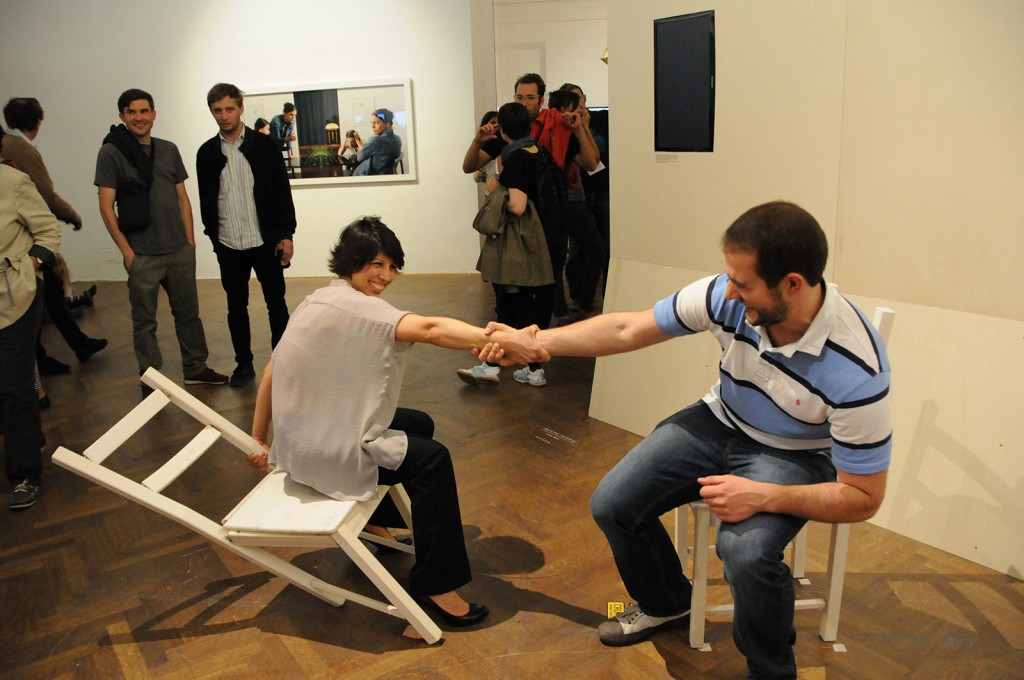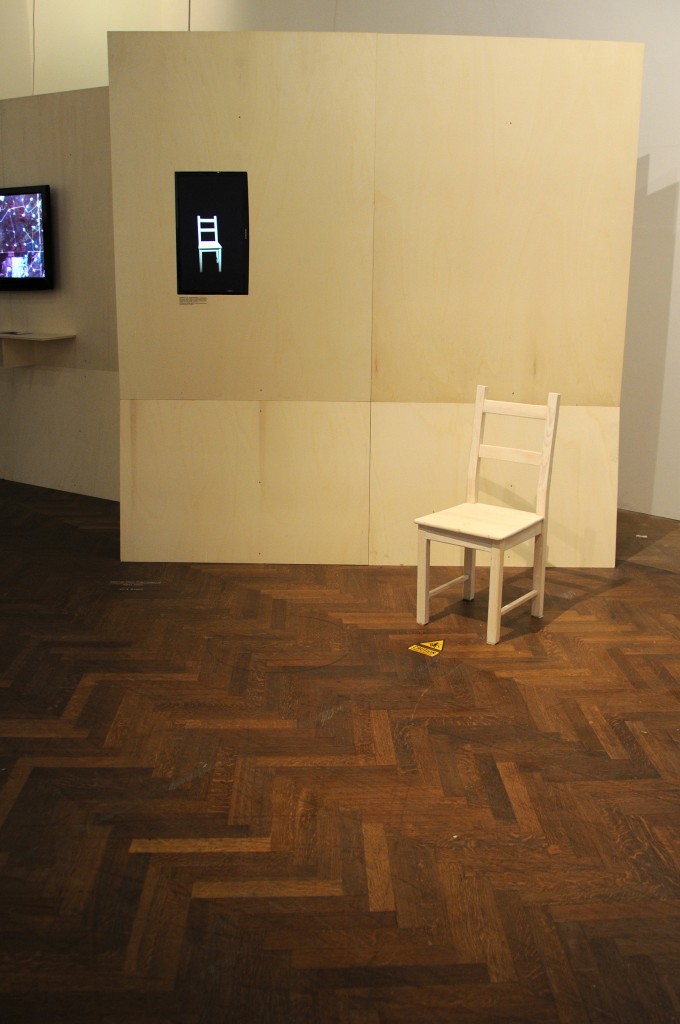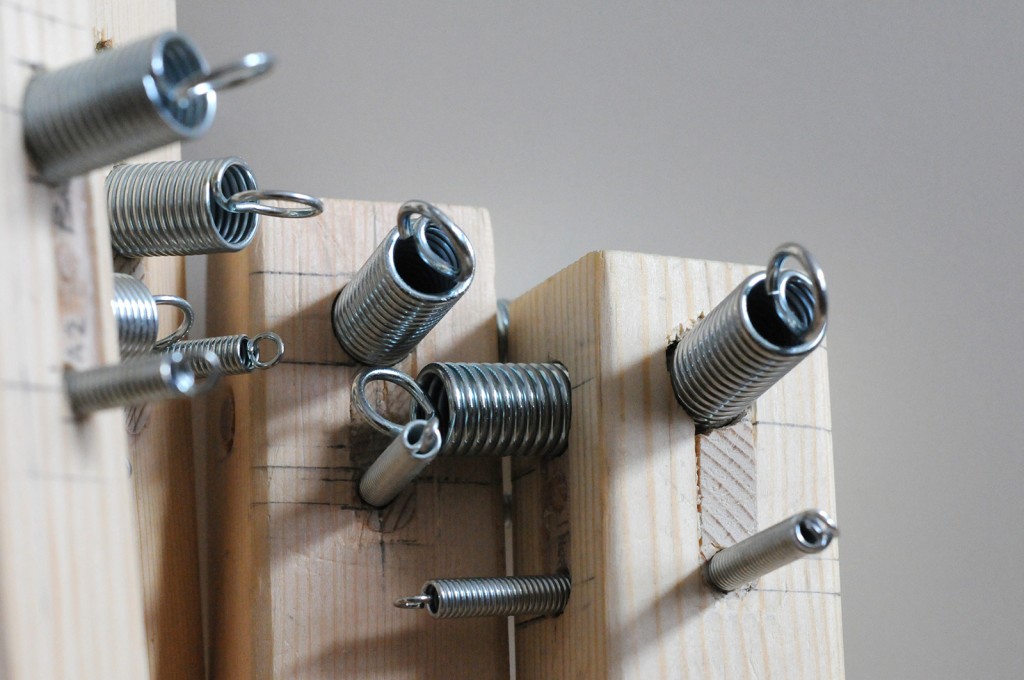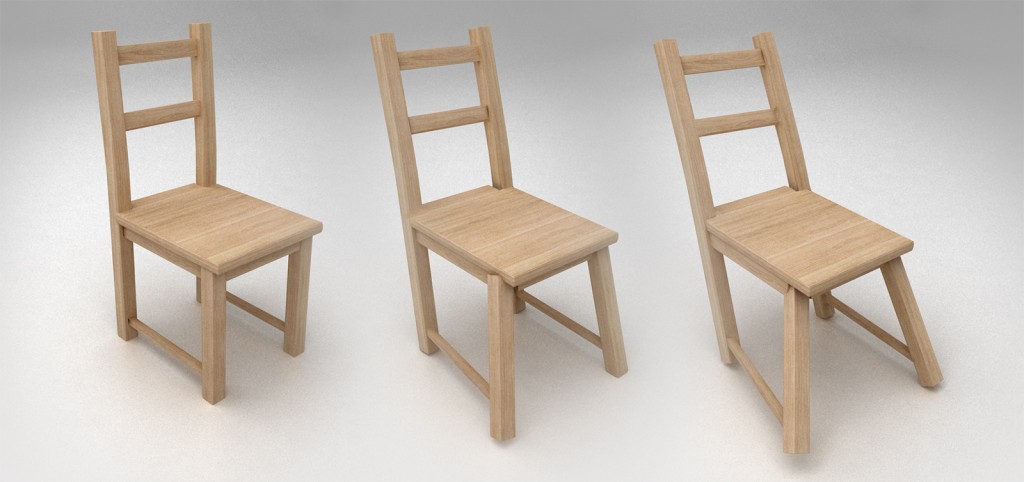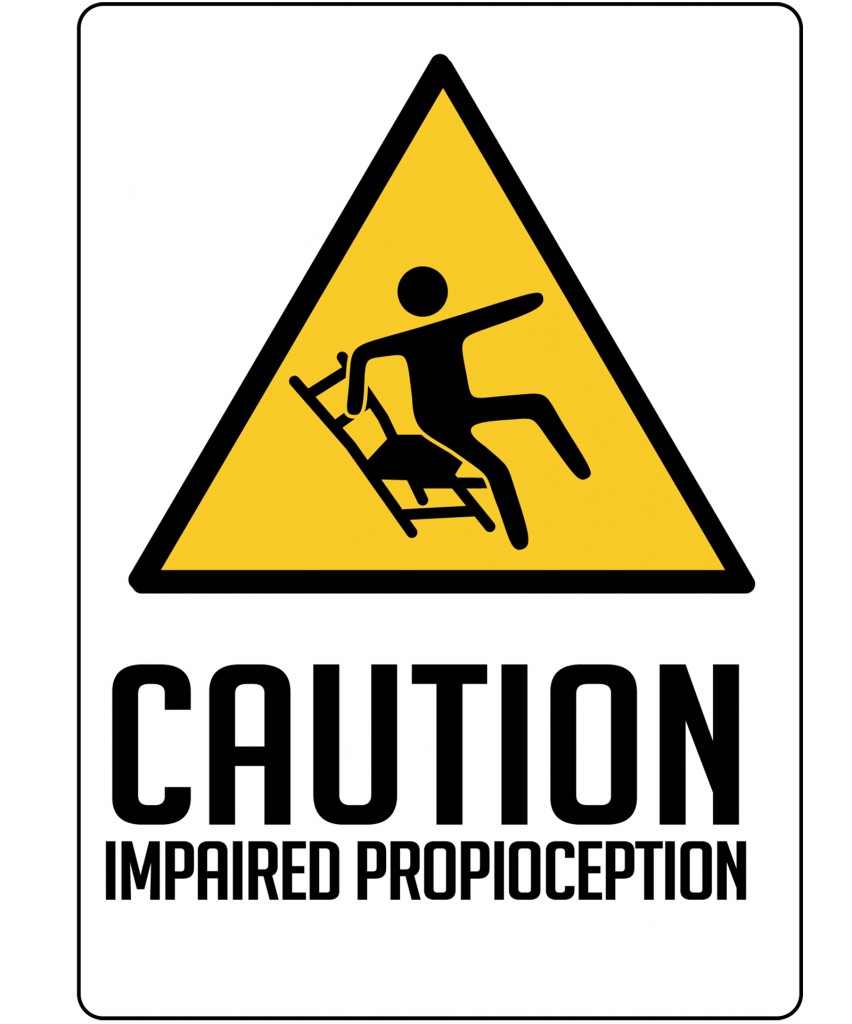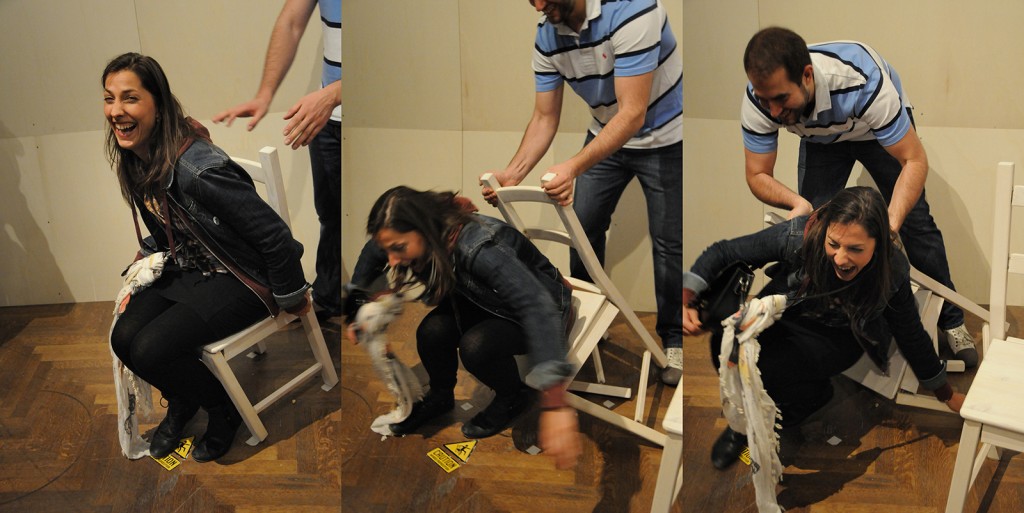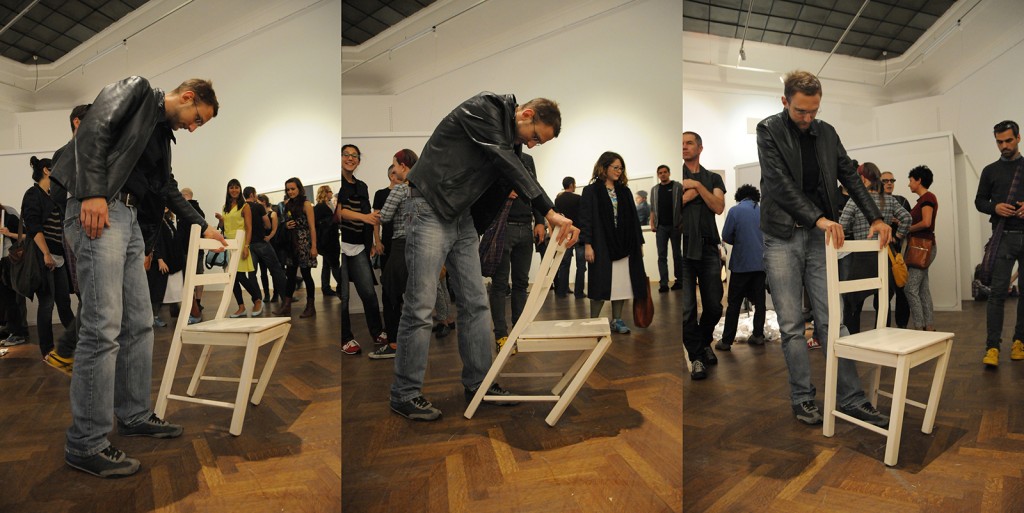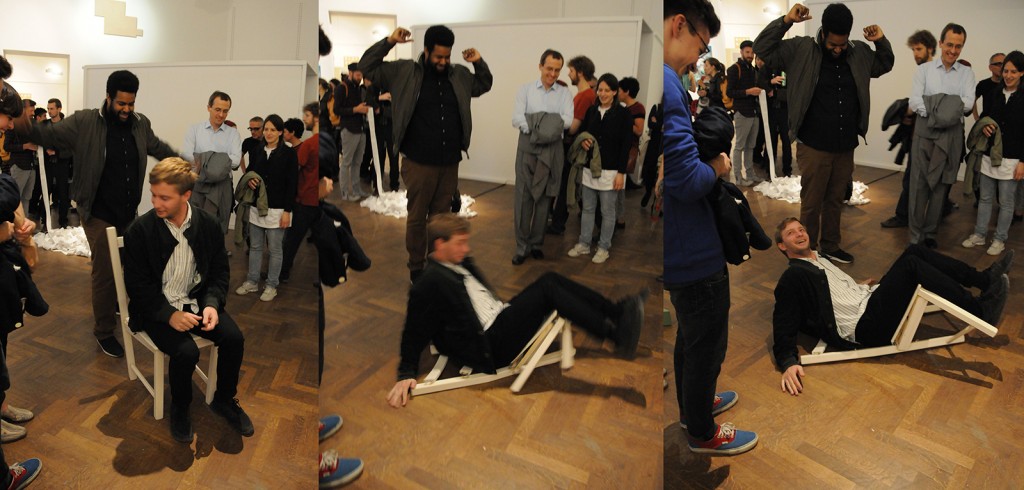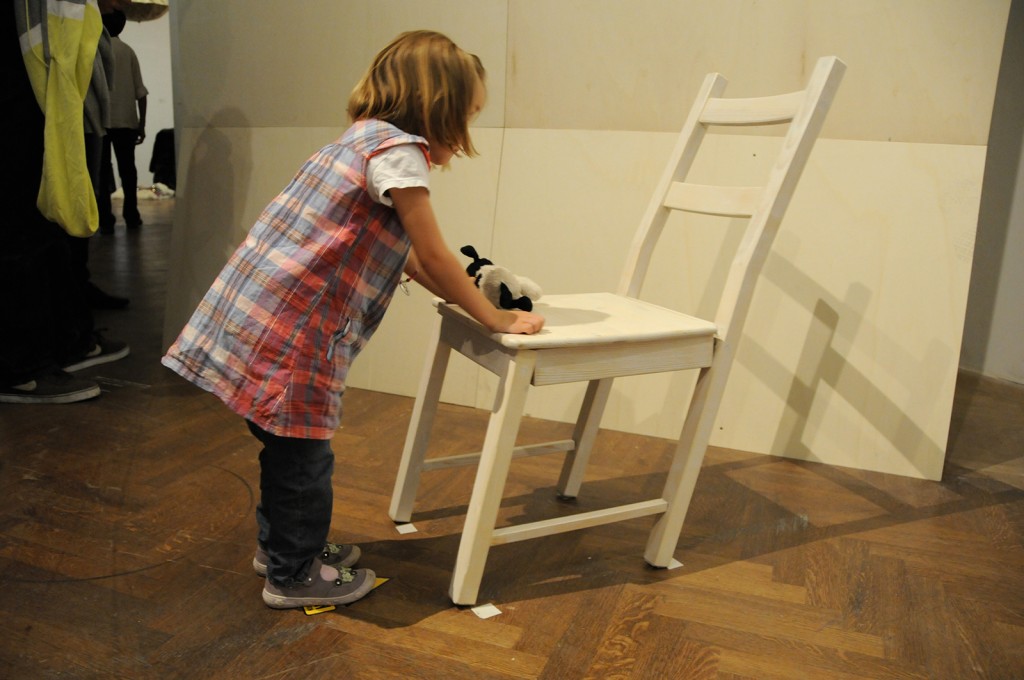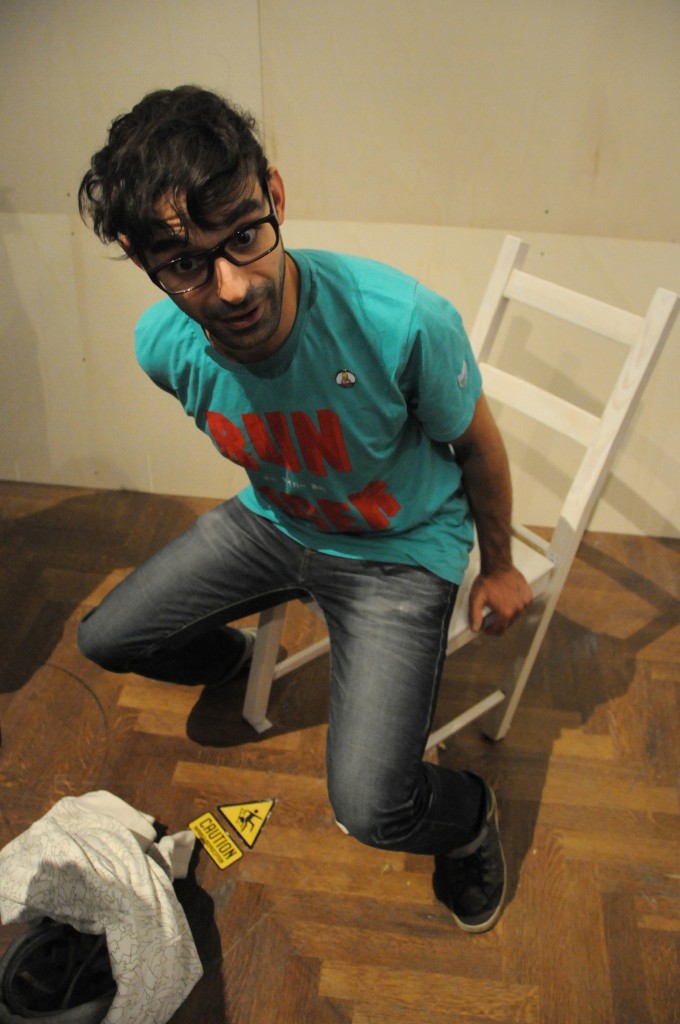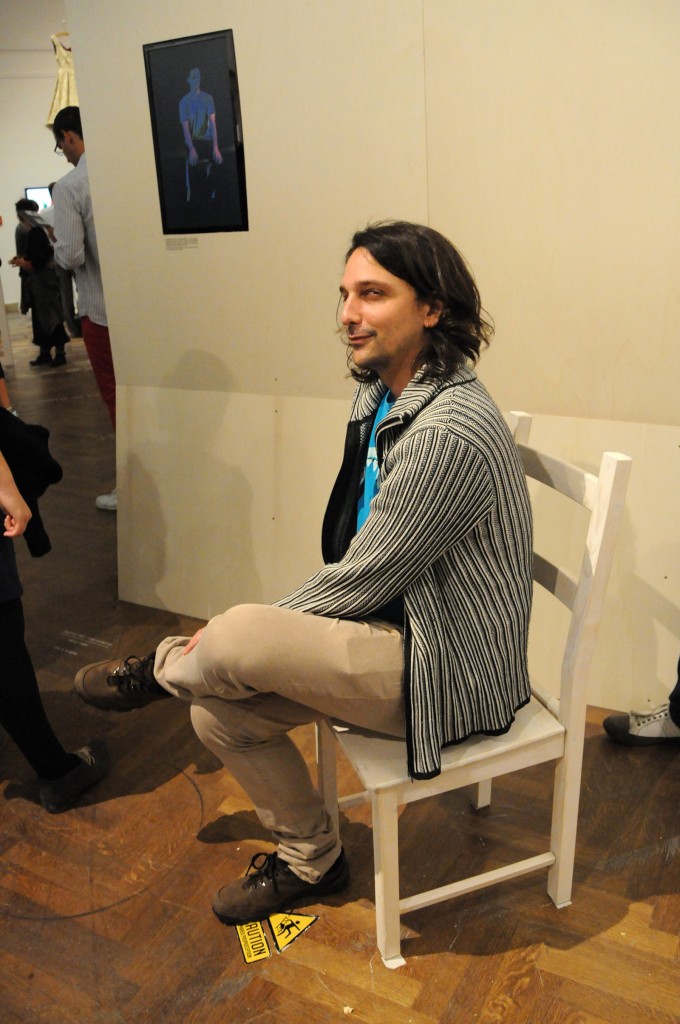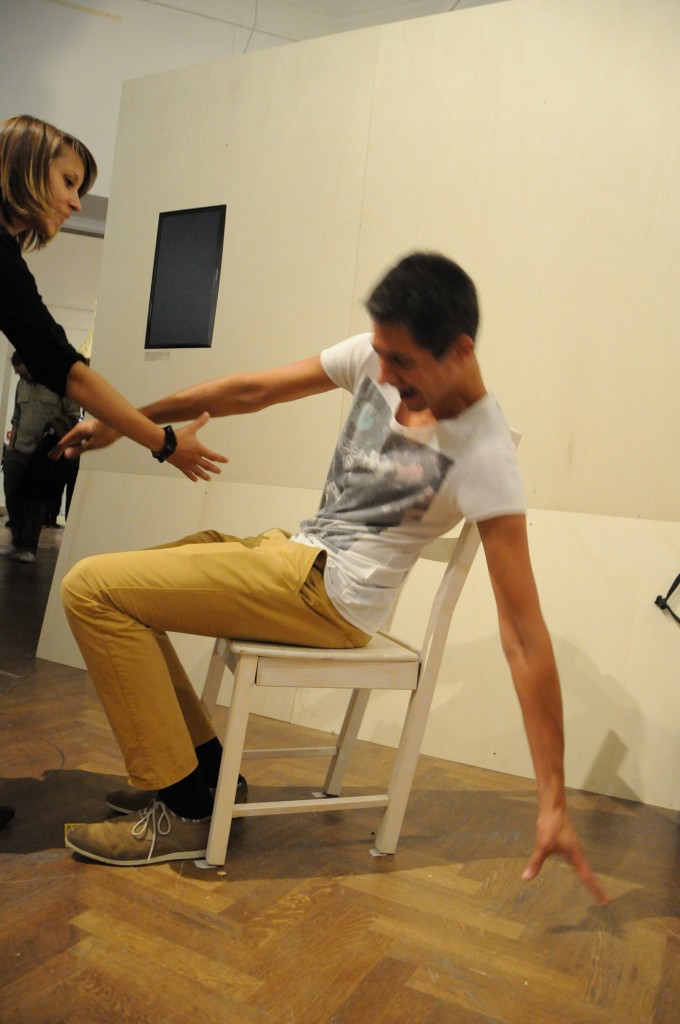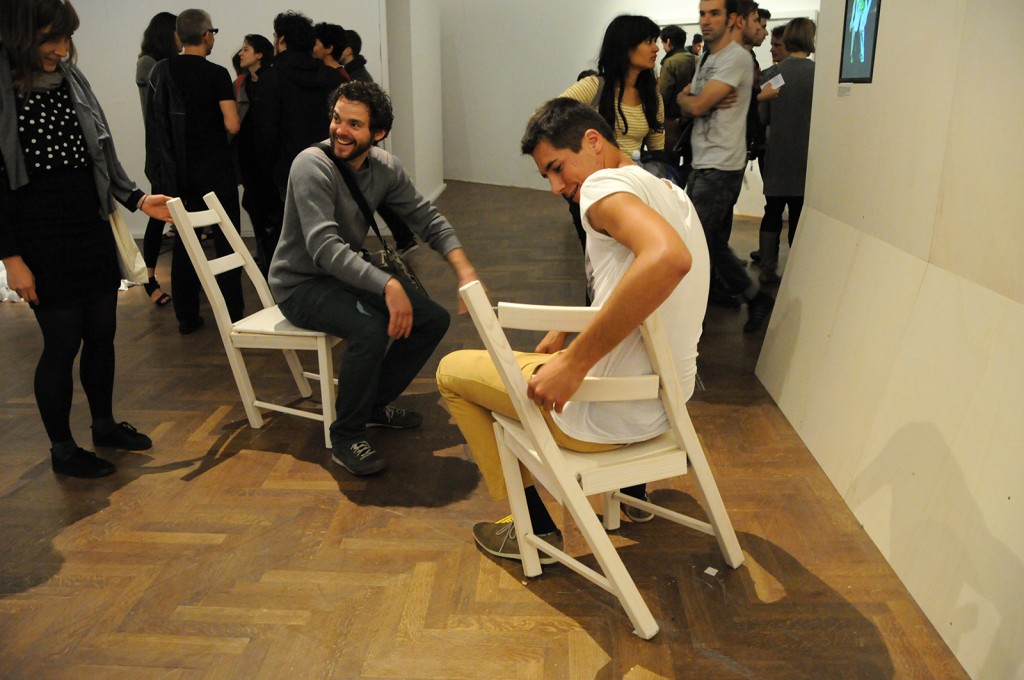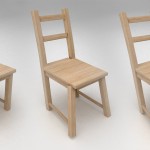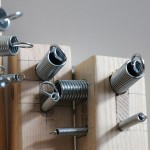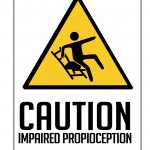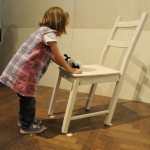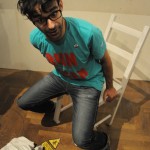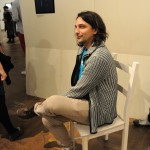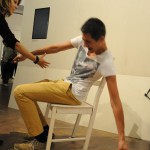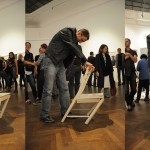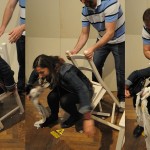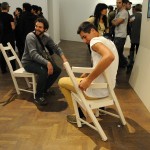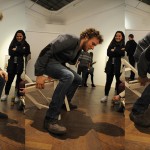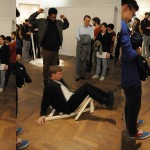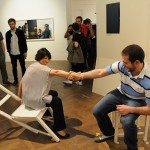Impaired Chair Proprioception
Introduccion from the book “Impaired Chair Proprioception”:
Some of us have experienced spilling a glass of water, running into a wall, dropping our cellphones from our hands or at the very least, some sort of poor limb coordination when we are tired. Granted that these experiences may not be considered a big problem, understanding its root is of great importance. The same sense impaired in those experiences is the one that allows us to walk without looking at our feet or having to think how to make a step. We move our limbs in a subconscious manner, and precisely that is the reasons why we are unaware of the existence of this sense.
Proprioception, also known as the sense of “self-awareness” is how we perceive information regarding the position of our limbs and its relation to our environment. It is hard to imagine ourselves in a situation where we do not know that information and where the people surrounding us are incapable of understand what it means. In the book The Man Who Mistook His Wife for a Hat, Oliver Sacks describes the case of a woman he called the Disembodied Lady.
… society lacks words, and sympathy, for such states. The blind, at least, are treated with solicitude we can imagine their state, and we treat them accordingly. But when Christina, painfully, clumsily, mounts a bus, she receives nothing but uncomprehending and angry snarls: ‘What’s wrong with you, lady? Are you blind–or blind-drunk?’ What can she answer–’I have no proprioception‘? The lack of social support and sympathy is an additional trial: disabled, but with the nature of her disability not clear–she is not, after all, manifestly blind or paralyzed, manifestly anything–she tends to be treated as a phoney or a fool. This is what happens to those with disorders of the hidden senses…[1]
We can approach proprioception from many different angles, though one fact remains unalterable, we often become aware of proprioception when we lose it to some degree. The reason for it resides in the information perceived by the affected sensors. Whether it is because the information is not perceived, it is new, altered, interrupted or simply because it is insufficient.
With this is mind we can argue that if the proprioceptive system does not exist to us, neither do its components nor implications.
In order to bring proprioception to existence I take an ordinary object that is part of our reality and transform it. Through this transformation the perception of the object’s reality changes and in consequence so does the perception of the users’ own reality. The object is an ordinary chair that has consequence so does the perception of the users’ own reality. The object is an ordinary chair that has an impaired proprioception; by using it the user will become aware of his or her proprioception.
[1] Sacks O (1985). The Man Who Mistook His Wife for a Hat, and Other Clinical Tales. Summit Books.
Book Design, and art direction consultant: Katherine Otero.
Presented at the Essence 2013, at the Kunstler Haus Vienna
- Deformation sequence
- Chair mechanism
- Essence 2013_Exhibition setting
- Discovering the Chair
- Impaired proprioception
- Testing the limits
- Testing the proprioception
